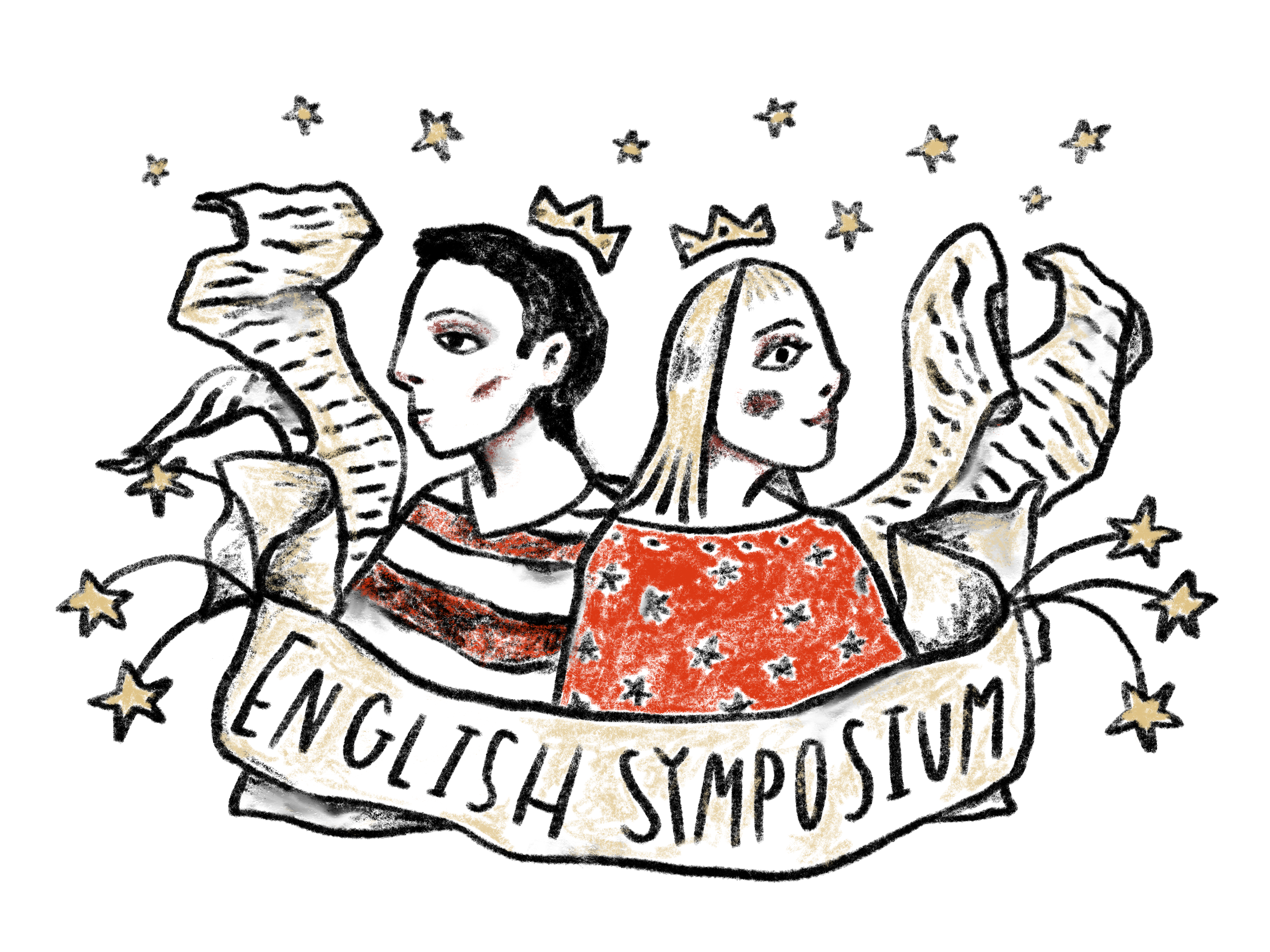Content Category
Literary Criticism
Abstract/Description
Throughout his life, Dickens was both skeptical of and fascinated with hauntings. He used them often in his writing as a way of examining social issues. In this paper, I examine his use of hauntings in his 1843 novella A Christmas Carol and the portmanteau story, “A House to Let,” in the Christmas edition of Household Words and how the stories are either an explicit or implied commentary on ignorance of the poor. In A Christmas Carol, four ghosts haunt Scrooge and teach him the personal and societal dangers of Ignorance. This experience, which erases his personal and deliberate ignorance, becomes the catalyst for his change of heart. As a result, he acts to help the poor and the novella closes by inviting the reader to be like him. Similarly, in the 1858 story “A House to Let,” Sophonosiba (the main character) is haunted by a House/Eye which helps her recognize her ignorance. This experience fuels her quest for knowledge (which will quench her ignorance). She pursues this quest independently of the hauntings with the aid of two of her very much living friends. However, in “A House to Let,” it is clear that action is required to gain knowledge as well as to make a difference in the social problems explored in the text by helping the poor children, whereas in A Christmas Carol gaining knowledge precedes helping the poor. This difference between the two texts suggests that Dickens’ perspective on ignorance, knowledge, and helping the poor shifted in the 15 years between the two stories.
Copyright and Licensing of My Content

This work is licensed under a Creative Commons Attribution-Noncommercial-No Derivative Works 4.0 License.
Origin of Submission
as part of a class
Faculty Involvement
Dr. Leslee Thorne-Murphy
Christmas Hauntings: Similarities and differences in A Christmas Carol and “A House to Let”
Throughout his life, Dickens was both skeptical of and fascinated with hauntings. He used them often in his writing as a way of examining social issues. In this paper, I examine his use of hauntings in his 1843 novella A Christmas Carol and the portmanteau story, “A House to Let,” in the Christmas edition of Household Words and how the stories are either an explicit or implied commentary on ignorance of the poor. In A Christmas Carol, four ghosts haunt Scrooge and teach him the personal and societal dangers of Ignorance. This experience, which erases his personal and deliberate ignorance, becomes the catalyst for his change of heart. As a result, he acts to help the poor and the novella closes by inviting the reader to be like him. Similarly, in the 1858 story “A House to Let,” Sophonosiba (the main character) is haunted by a House/Eye which helps her recognize her ignorance. This experience fuels her quest for knowledge (which will quench her ignorance). She pursues this quest independently of the hauntings with the aid of two of her very much living friends. However, in “A House to Let,” it is clear that action is required to gain knowledge as well as to make a difference in the social problems explored in the text by helping the poor children, whereas in A Christmas Carol gaining knowledge precedes helping the poor. This difference between the two texts suggests that Dickens’ perspective on ignorance, knowledge, and helping the poor shifted in the 15 years between the two stories.

